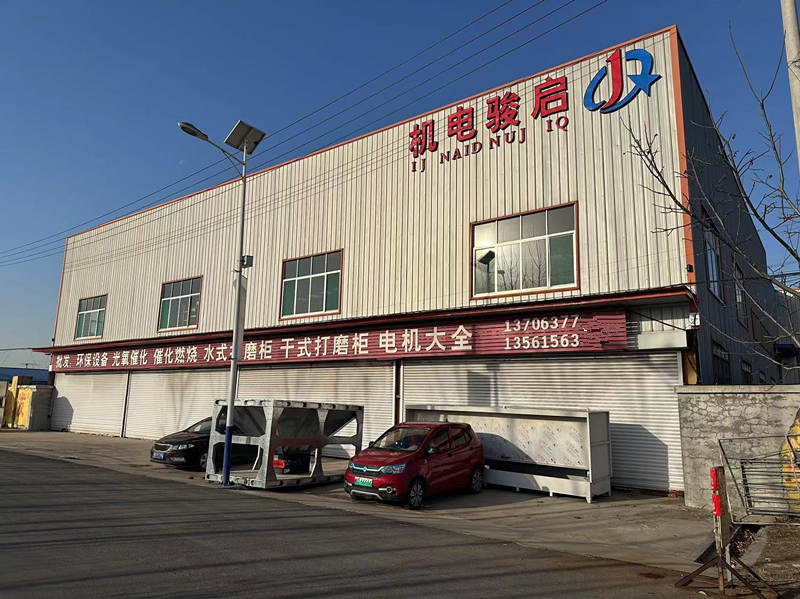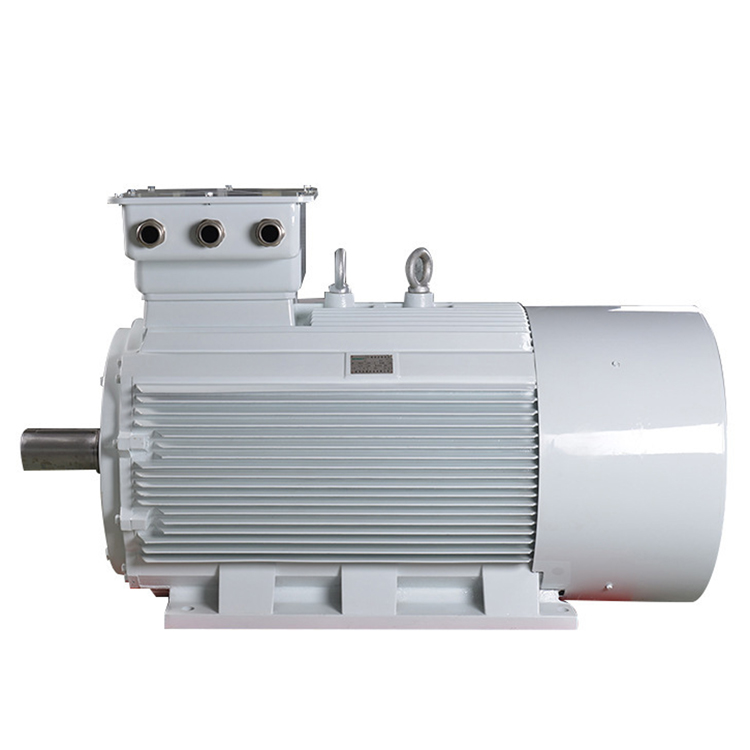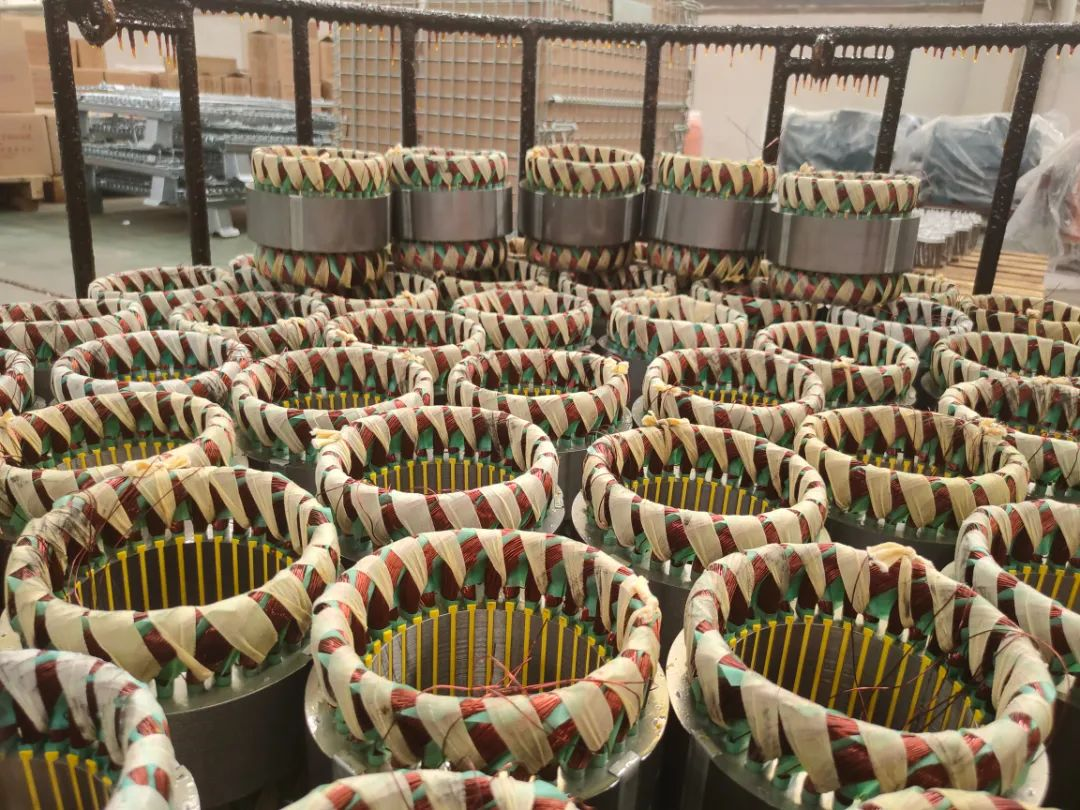AC motors and electric engines are key components in various industrial and domestic applications. From induction motors to electric motors, these devices play a critical role in powering machinery and appliances. This article aims to provide a comprehensive overview of the different types of AC motors and electric engines, highlighting their characteristics, applications, and advantages.
- AC Motors:
AC motors, also known as alternating current motors, are widely used for converting electrical energy into mechanical energy. These motors operate on the principle of electromagnetic induction, wherein a rotating magnetic field is generated by an alternating current. AC motors can be further classified into various types, such as induction motors, synchronous motors, and brushed and brushless motors.
a. Induction Motors:
Induction motors are the most commonly used type of AC motor due to their simplicity, reliability, and cost-effectiveness. They utilize the principle of electromagnetic induction to generate a rotating magnetic field, which drives the rotor in motion. Induction motors find applications in a wide range of industries, including HVAC systems, pumps, fans, and conveyor systems.
b. Synchronous Motors:
Synchronous motors operate at a constant speed and are especially suitable for applications that require precise control and synchronization with other devices. These motors are commonly used in industrial machinery, such as compressors, generators, and industrial robotics.
c. Brushed and Brushless Motors:
Brushed motors employ a commutator and brushes to supply current to the rotor windings, whereas brushless motors use electronic commutation for more efficient and reliable operation. Brushless motors are widely used in electric vehicles, drones, and industrial automation systems due to their high efficiency, compact size, and low maintenance requirements.
- Electric Engines:
The term “electric engine” is often used interchangeably with “electric motor” and refers to the same device. Electric engines are powered by electric energy and are capable of converting it into mechanical energy. They form the backbone of modern electric vehicles, providing sustainable transportation solutions with low emissions and reduced dependency on fossil fuels.
Electric engines, in the context of electric vehicles, can be further categorized into two main types:
a. DC Electric Engines:
DC electric engines are primarily used in older electric vehicles due to their simplicity and suitability for low-power applications. These engines rely on direct current (DC) to power the rotor, which is connected to the wheels for propulsion.
b. AC Electric Engines:
AC electric engines have gained prominence in modern electric vehicles due to their higher power output, better torque control, and regenerative braking capabilities. AC electric engines are often paired with advanced power electronics and motor control systems for efficient operation.
Conclusion:
AC motors and electric engines are integral components of numerous industrial and domestic applications. Induction motors, synchronous motors, brushed and brushless motors, as well as DC and AC electric engines, provide the necessary power and flexibility for various systems. Understanding their different characteristics, applications, and advantages is crucial in harnessing their potential for driving innovation and sustainable development in multiple industries.
QIJUN MOTOR is an professional manufacturer of Three Phase AC Motor, Single Phase Electric Motors,Brake Motor and Shaded Pole Motor etc., for 5 years experience. We can customize your motor for your application and industry. Tell us about any motor requirements, we will provide you with a satisfactory solution.






